
A Sign of Stroke May Occur 90 Days in Advance
Early Warning Signs of a Stroke That May Appear 90 Days in Advance
A stroke is a life-threatening medical emergency that occurs when blood flow to the brain is disrupted. While most people believe that strokes happen suddenly, the body actually gives warning signs weeks or even months in advance.
Research suggests that certain symptoms may appear up to 90 days before a stroke. Recognizing these early signs can help you seek medical attention early and prevent a major stroke.
1. What Causes a Stroke?
A stroke happens when blood flow to the brain is blocked or when a blood vessel in the brain bursts. This leads to brain cell damage or death, causing serious complications such as paralysis, speech problems, or even death.
✔ Main Types of Stroke:
1️⃣ Ischemic Stroke – Caused by a blood clot blocking blood flow to the brain (most common type).
2️⃣ Hemorrhagic Stroke – Occurs when a blood vessel bursts, leading to brain bleeding.
3️⃣ Transient Ischemic Attack (TIA) – A “mini-stroke” where blood flow is temporarily blocked but recovers quickly.
🚨 Why It’s Important: Many people ignore early symptoms of a stroke, assuming they
However, Dr. Giglio emphasized that the absence of brain damage does not mean you should ignore TIA symptoms.
"It could indicate that you are at risk of having a stroke within the next 48 hours, and certainly within 7, 30, or even 90 days."
The “BEFAST” Stroke Warning Signs
Experts recommend remembering the acronym “BEFAST” to recognize stroke symptoms quickly:
- B (Balance) – Difficulty maintaining balance or loss of coordination.
- E (Eyesight) – Vision changes such as blurriness, loss of vision, or double vision.
- F (Face) – Facial changes, such as one side of the face drooping or an asymmetrical smile.
- A (Arm) – Weakness or numbness in one arm.
- S (Speech) – Speech difficulties, such as slurred or incoherent speech.
- T (Time) – Act immediately and seek medical help if any symptoms appear.
Dr. Joshua Willey, a stroke neurology specialist at Columbia University (USA), noted that “T” could also stand for “terrible headache” – a sudden and severe headache.
All three experts emphasized that if any of these symptoms appear, even briefly, you should seek medical attention immediately.
Dr. Willey stated:
“Typically, a transient ischemic attack lasts no more than 5 to 10 minutes and certainly under an hour. However, BEFAST symptoms may last only 30 to 60 seconds.”
For this reason, do not hesitate even for a minute if you experience arm weakness or sudden blurred vision.
Managing Stroke Risk Factos
You can take control of your stroke risk factors.
Dr. Itrat explained that conditions such as high cholesterol and high blood sugar, if left uncontrolled, can increase the risk of stroke.
According to the Centers for Disease Control and Prevention (CDC), people should increase physical activity, quit smoking, adjust their diet, or take medications to manage conditions like high blood pressure to reduce stroke risk.
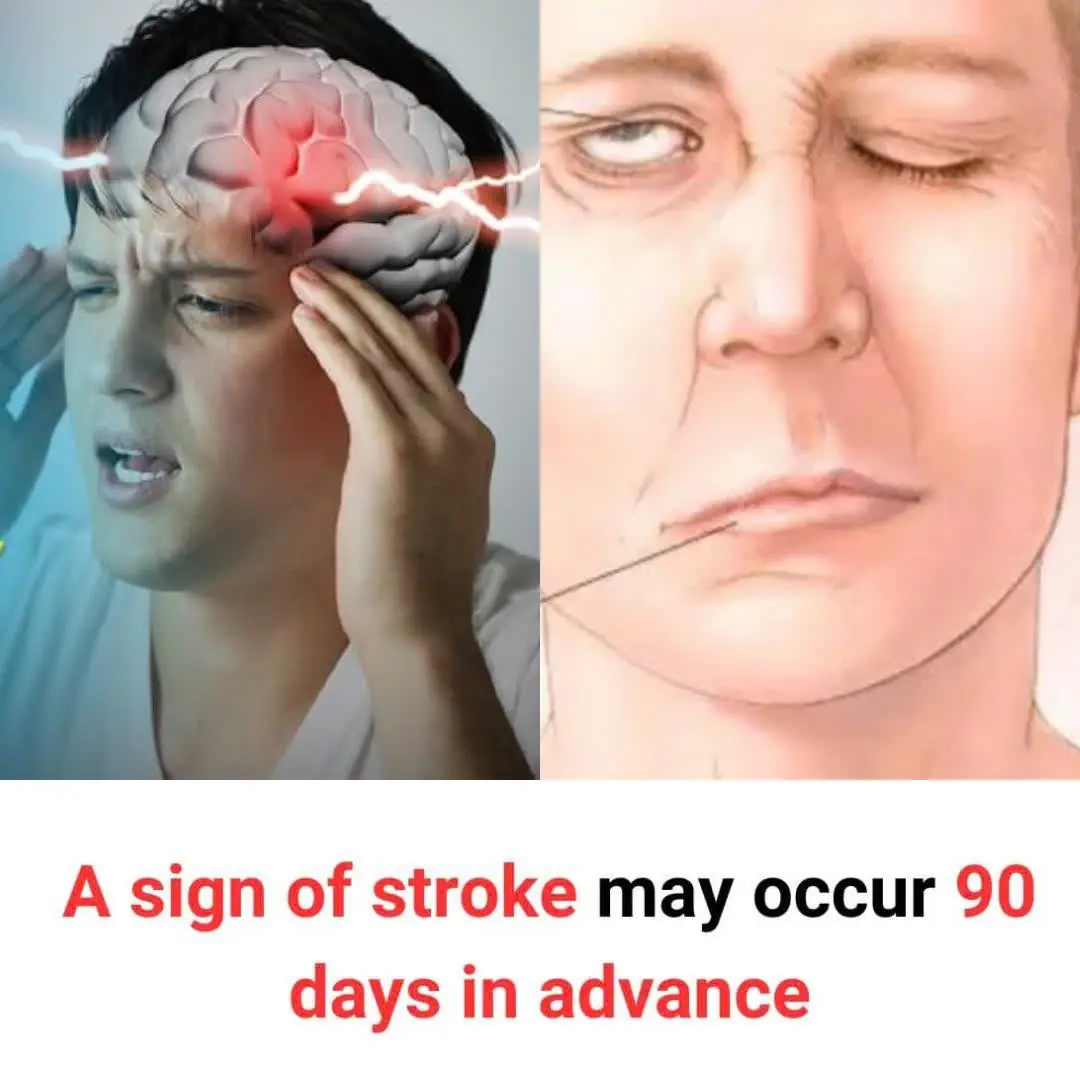
News in the same category


Doctors say this popular boiled-egg habit may quietly clog your arteries

How Do Bowel Movements Change With Colon Cancer?

A 29-year-old man unexpectedly discovered he had lung cancer and admitted to a mistake many Vietnamese men make

How to Drink Dried Lotus Leaf Water Safely and Effectively to Lose Weight and Lower Blo.od Lipids

Drink This Tea, and You’ll Never Have Swollen Legs, Ankles, or Feet Again!
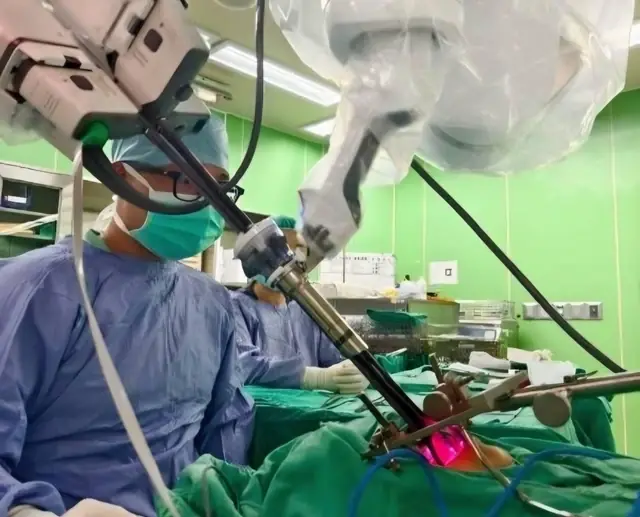
Late-Stage Can.cer Discovered Thanks to… Snoring During Sleep: The Woman Cried, “I Don’t Want to Lose My Voice!”

More and more people are dy.ing from diabetes. Doctors warn: In cold weather, it’s better to eat plain white rice than to keep doing these 4 things

7 signs that you should stop drinking coffee

This One Superfood Could Tackle Major Health Issues—Here’s What You Need To Know
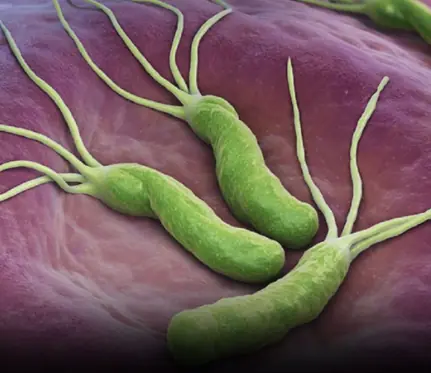
How to Treat H. Pylori (Helicobacter Pylori) Naturally Without Antibiotics

Depressing find at the bottom of the Mariana Trench is a warning to the world

From Causes to Cures: Everything You Need to Know About Fatty Liver

4 Clear Signs That Appear 15 Minutes Before a Stroke: Call for Immediate Help

4 warning signs from the appendix, do not ignore!
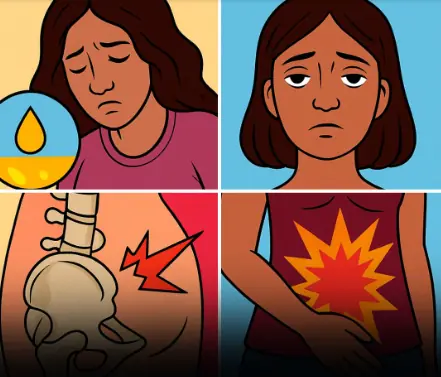
8 Unusual Signs That May Indicate Cervical Can.cer
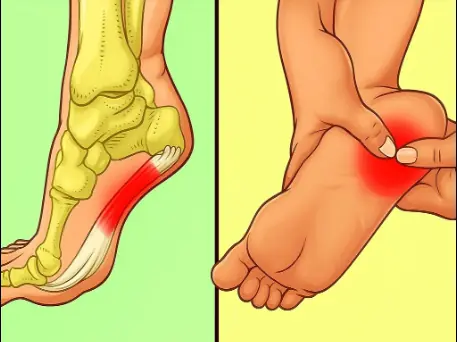
7 Powerful Exercises to Relieve Heel Pain and Treat Plantar Fasciitis Naturally
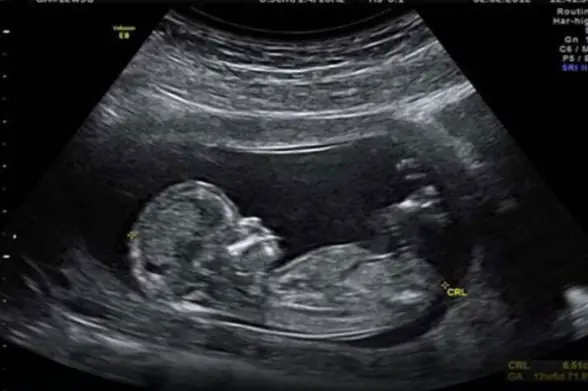
Scientists May Have Actually Found One Of The Causes Of Autism
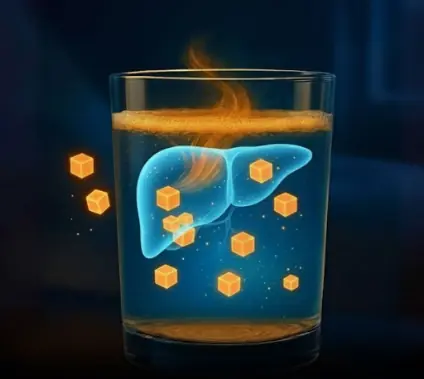
Don’t go to sleep without taking this — 1 cup before bed clears excess sugar
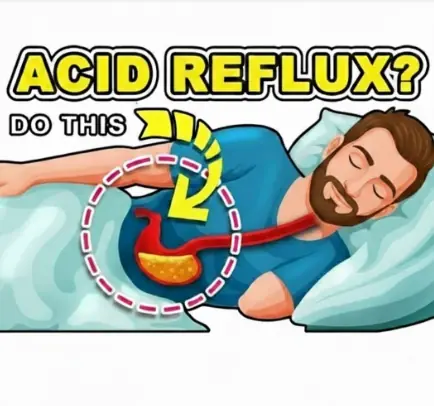
3 Ways to Stop Acid Reflux Naturally
News Post

Doctors say this popular boiled-egg habit may quietly clog your arteries

How to grow ginger at home easily and enjoy fresh ginger all year round

How Do Bowel Movements Change With Colon Cancer?

A 29-year-old man unexpectedly discovered he had lung cancer and admitted to a mistake many Vietnamese men make

Should You Wash Meat and Fish Bought from the Supermarket?

How to Drink Dried Lotus Leaf Water Safely and Effectively to Lose Weight and Lower Blo.od Lipids

Drink This Tea, and You’ll Never Have Swollen Legs, Ankles, or Feet Again!

4 Types of Fish That Are Prone to Heavy Metal Contamination — Even Sellers Rarely Eat Them

Late-Stage Can.cer Discovered Thanks to… Snoring During Sleep: The Woman Cried, “I Don’t Want to Lose My Voice!”

More and more people are dy.ing from diabetes. Doctors warn: In cold weather, it’s better to eat plain white rice than to keep doing these 4 things

7 signs that you should stop drinking coffee

This One Superfood Could Tackle Major Health Issues—Here’s What You Need To Know

How to Treat H. Pylori (Helicobacter Pylori) Naturally Without Antibiotics

Depressing find at the bottom of the Mariana Trench is a warning to the world

From Causes to Cures: Everything You Need to Know About Fatty Liver

Electrical devices to unplug during storms, thunder, and lightning

4 Clear Signs That Appear 15 Minutes Before a Stroke: Call for Immediate Help

4 warning signs from the appendix, do not ignore!

8 Unusual Signs That May Indicate Cervical Can.cer
